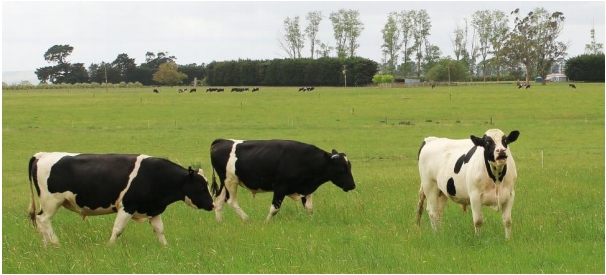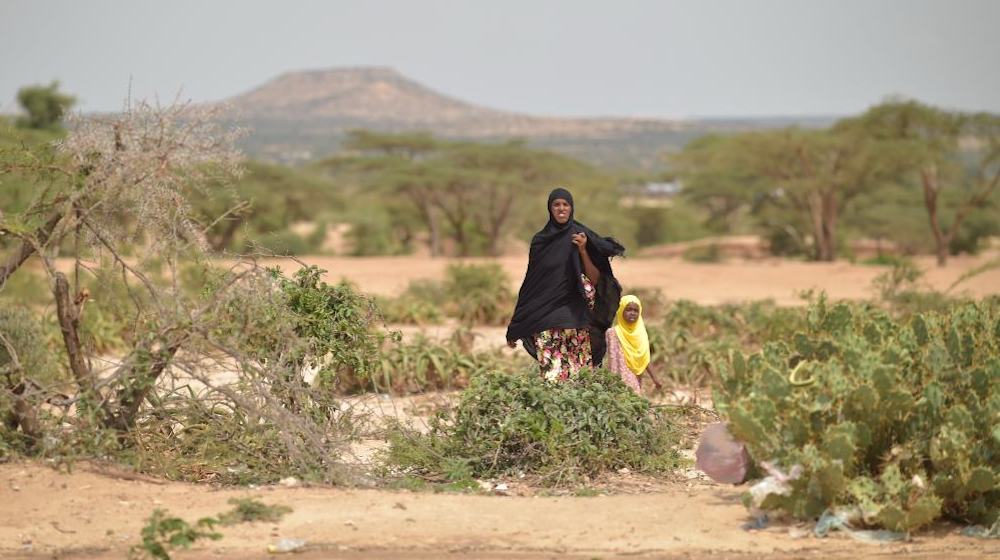Reducing GHGs on farms
New Zealand’s agricultural greenhouse gas emissions profile is dominated by biological greenhouse gas emissions, particularly methane and nitrous oxide. Approximately 90% of these emissions are attributed to livestock farming, particularly dairy farming and to a lesser extent, sheep and beef farming.
Current options for reducing biological emissions centre around farm management changes; toward high efficiency and high value production with lower inputs. Lower stocking rates, improved breeding and animal health, effluent management and low nitrogen inputs are key strategies but must be considered at the whole farm system level and often require increased farmer skill. There is no single ‘best’ reduction method: different farm locations, soils, farmers and farm systems will require different solutions.
Modelling of farm systems across New Zealand suggest that widespread adoption of current best practice low-emissions farming could result in absolute reductions in agricultural sector biological emissions of up to10%. Research is active into new options such as methane and nitrification inhibitors, feed and crop systems, soil carbon and methane vaccines.
Energy-related emissions are a relatively small contributor to overall emissions but may be “low-hanging fruit”. Electric vehicles are already cost-effective and methods for improving farm energy efficiency have been available for many years. Farmers can also invest in renewable energy generation, such as solar or biogas from effluent (for larger farms).
source: University of OTAKO![]() Download Full paper
Download Full paper









